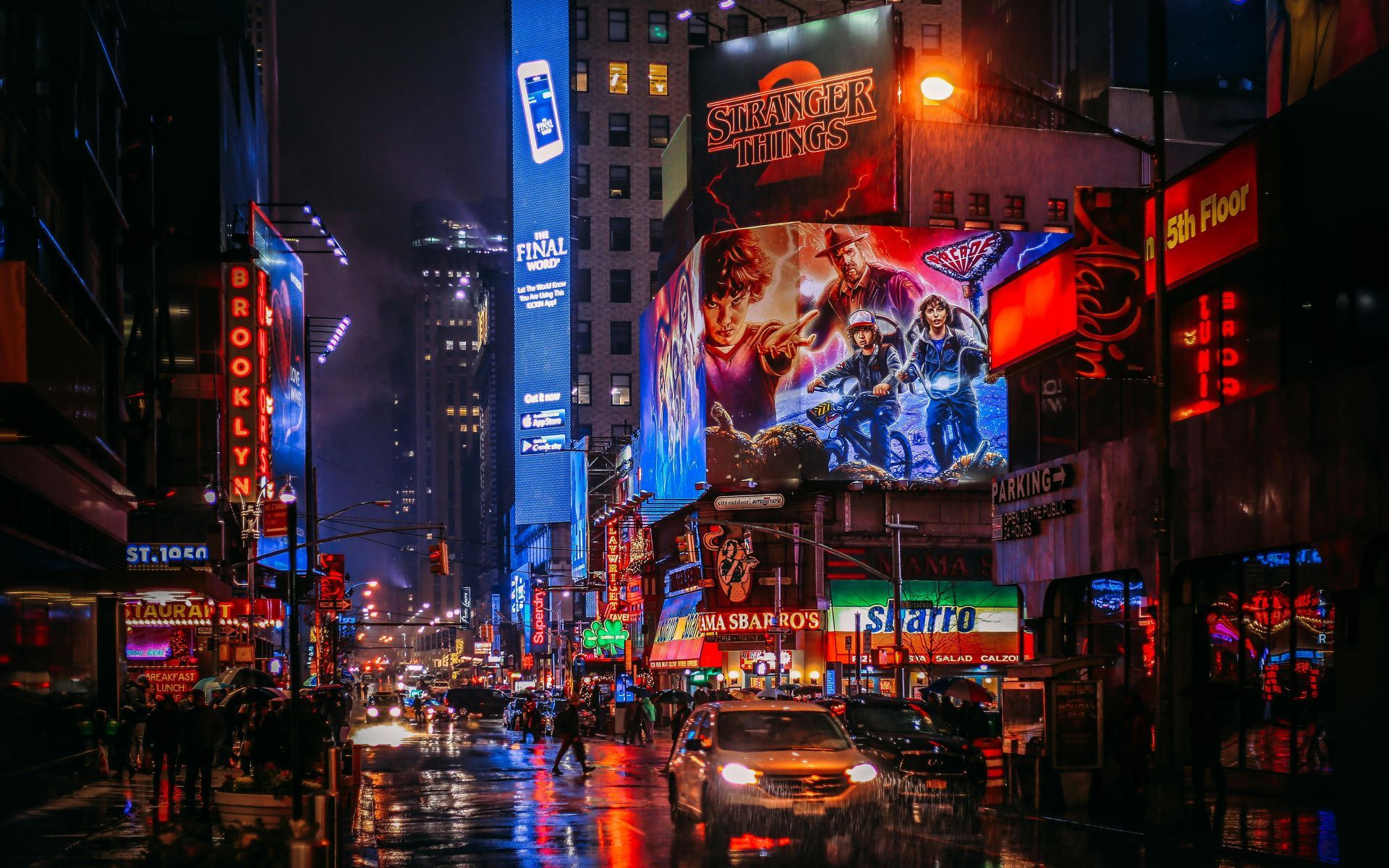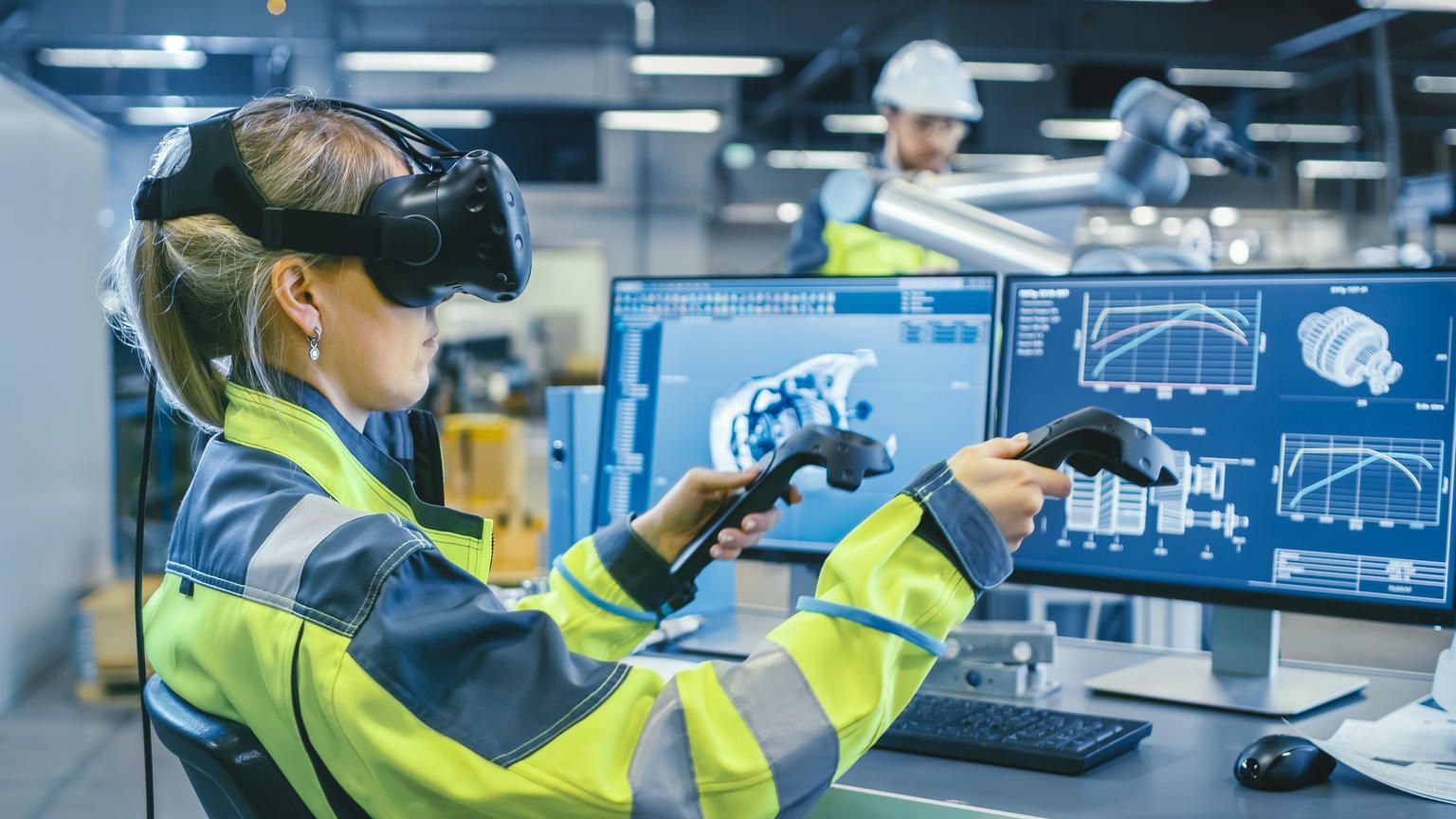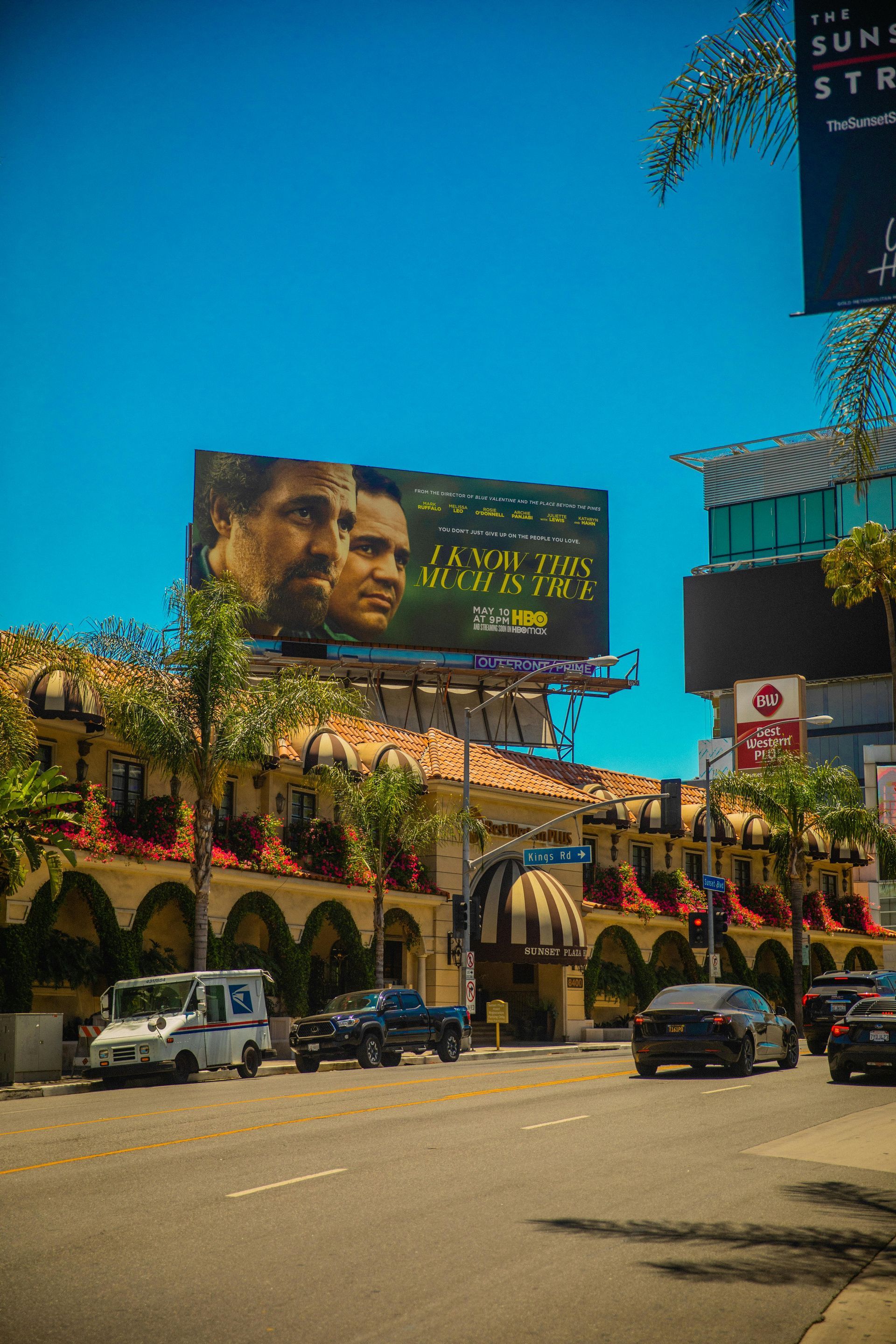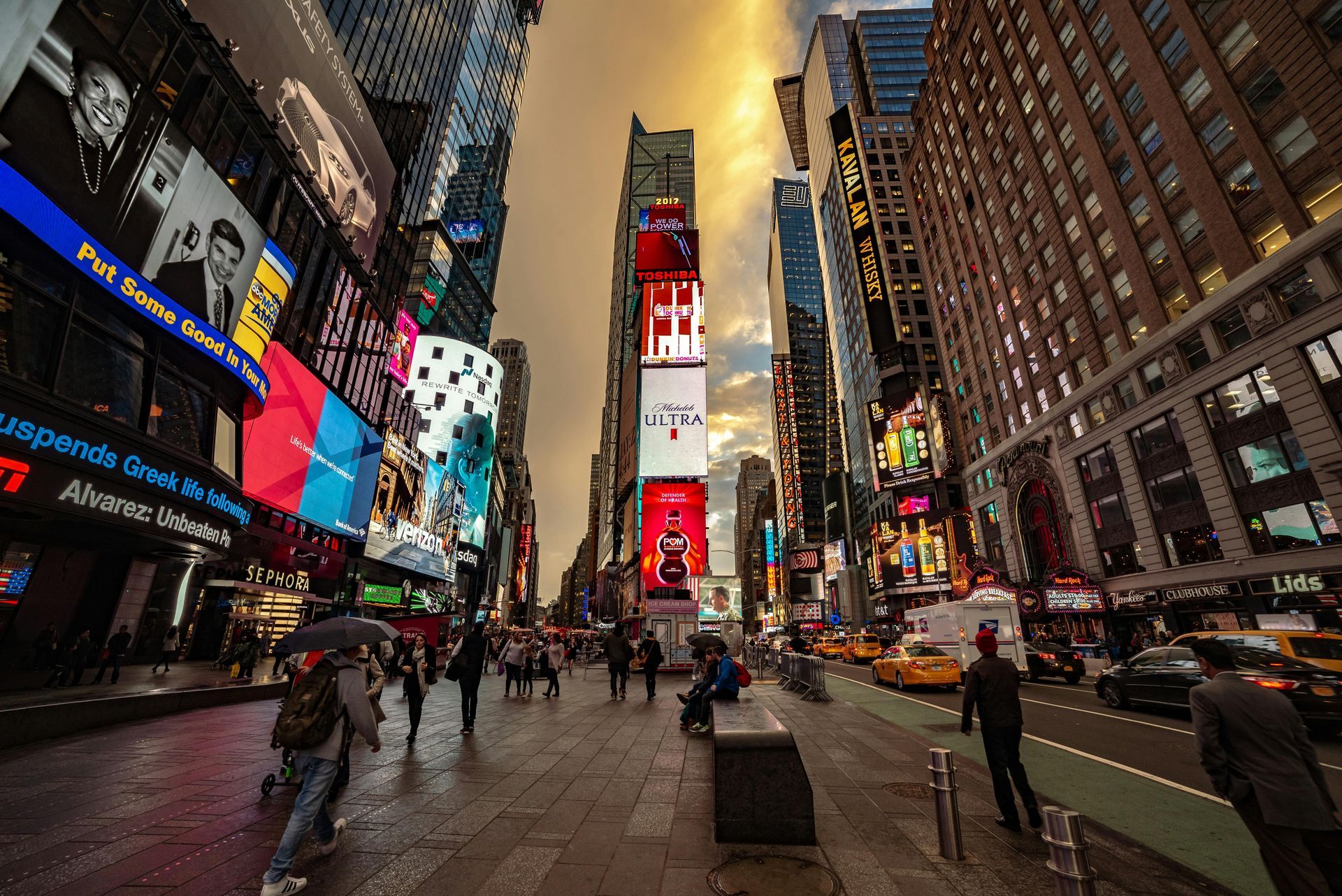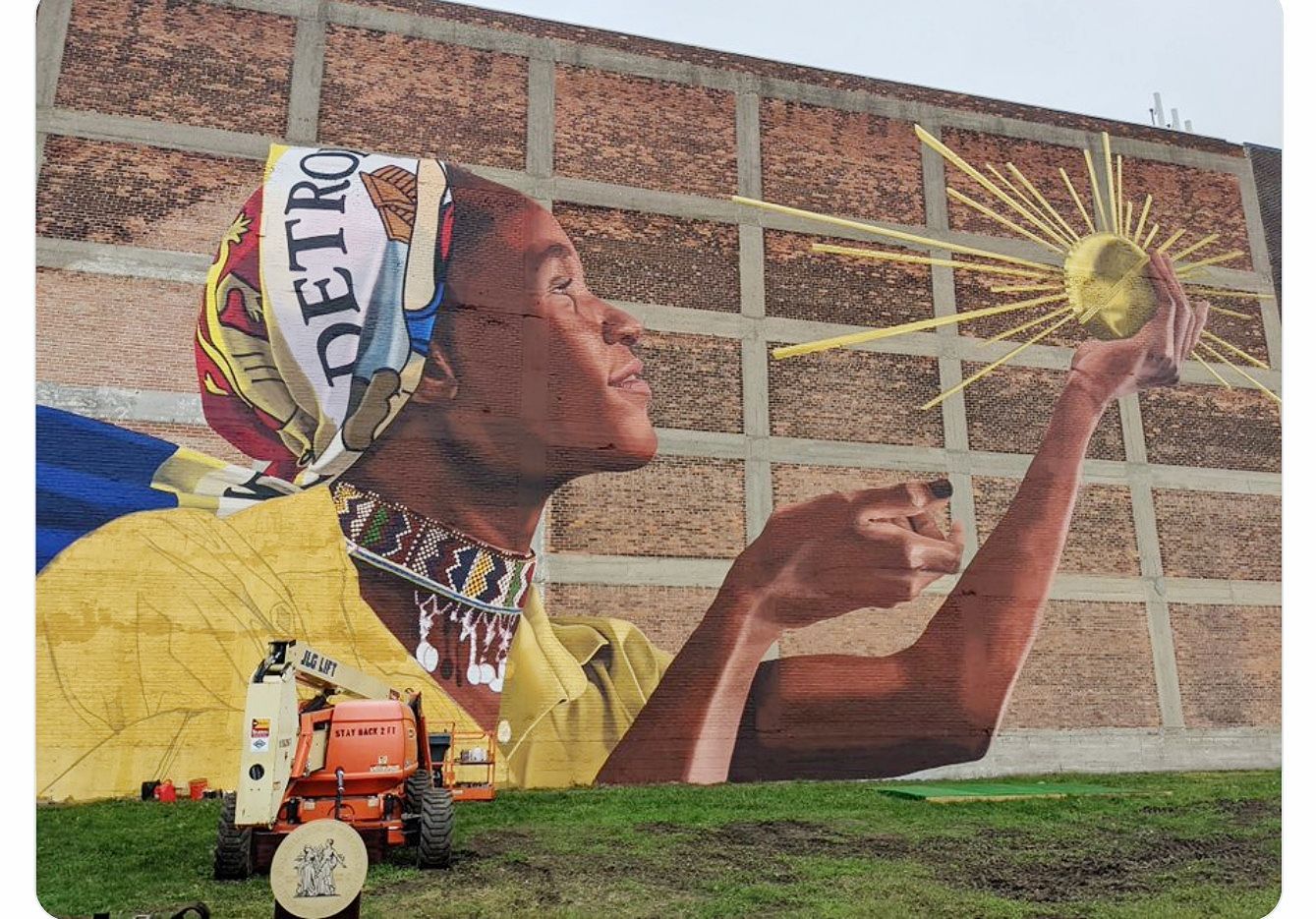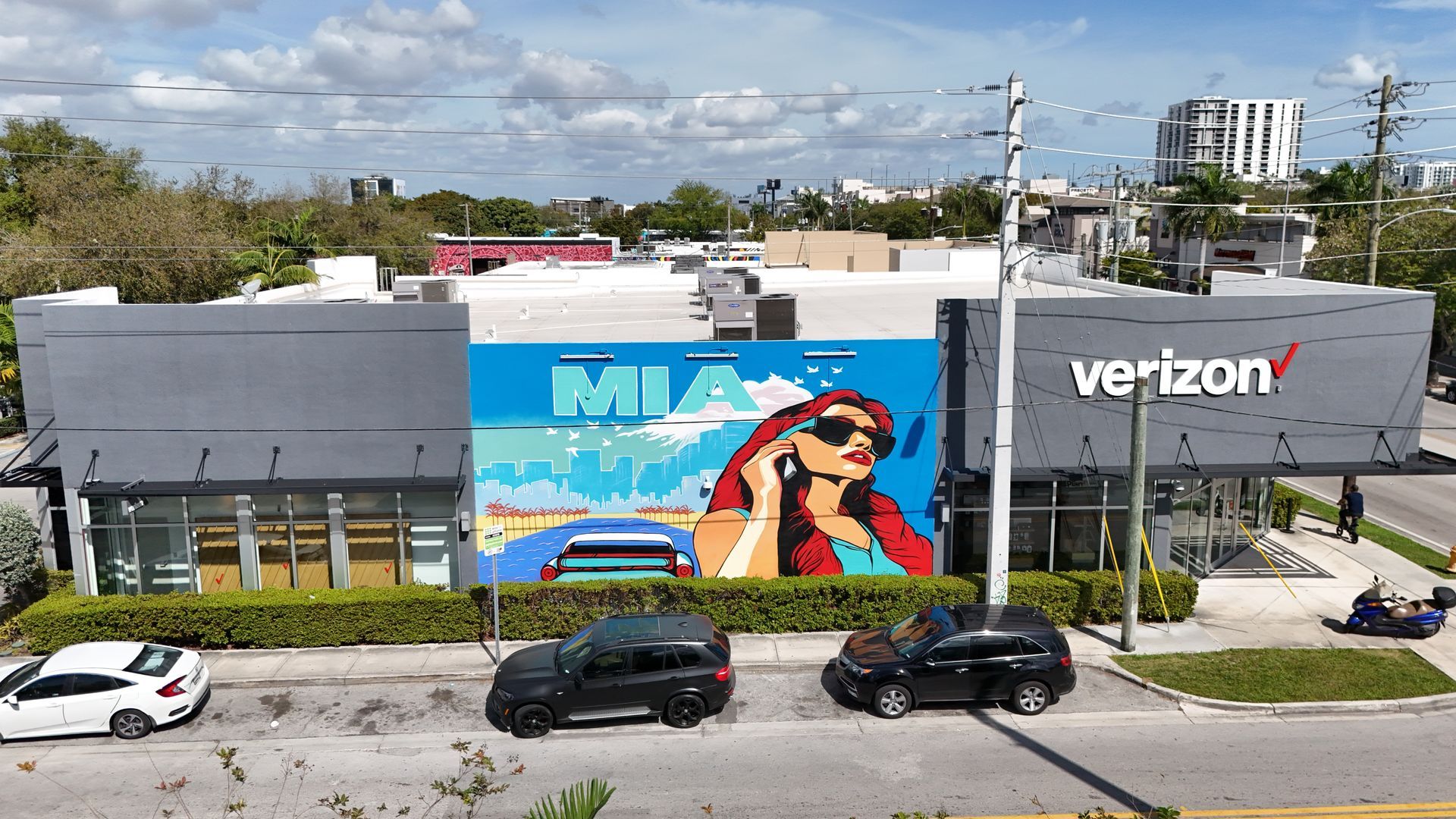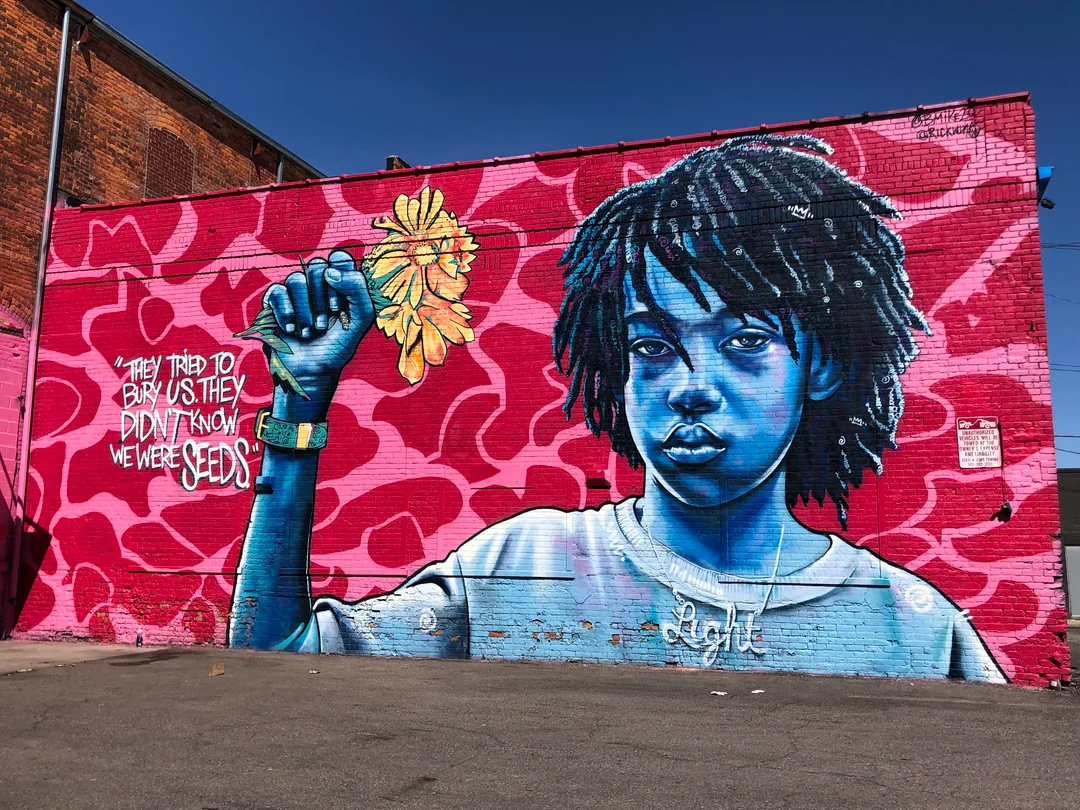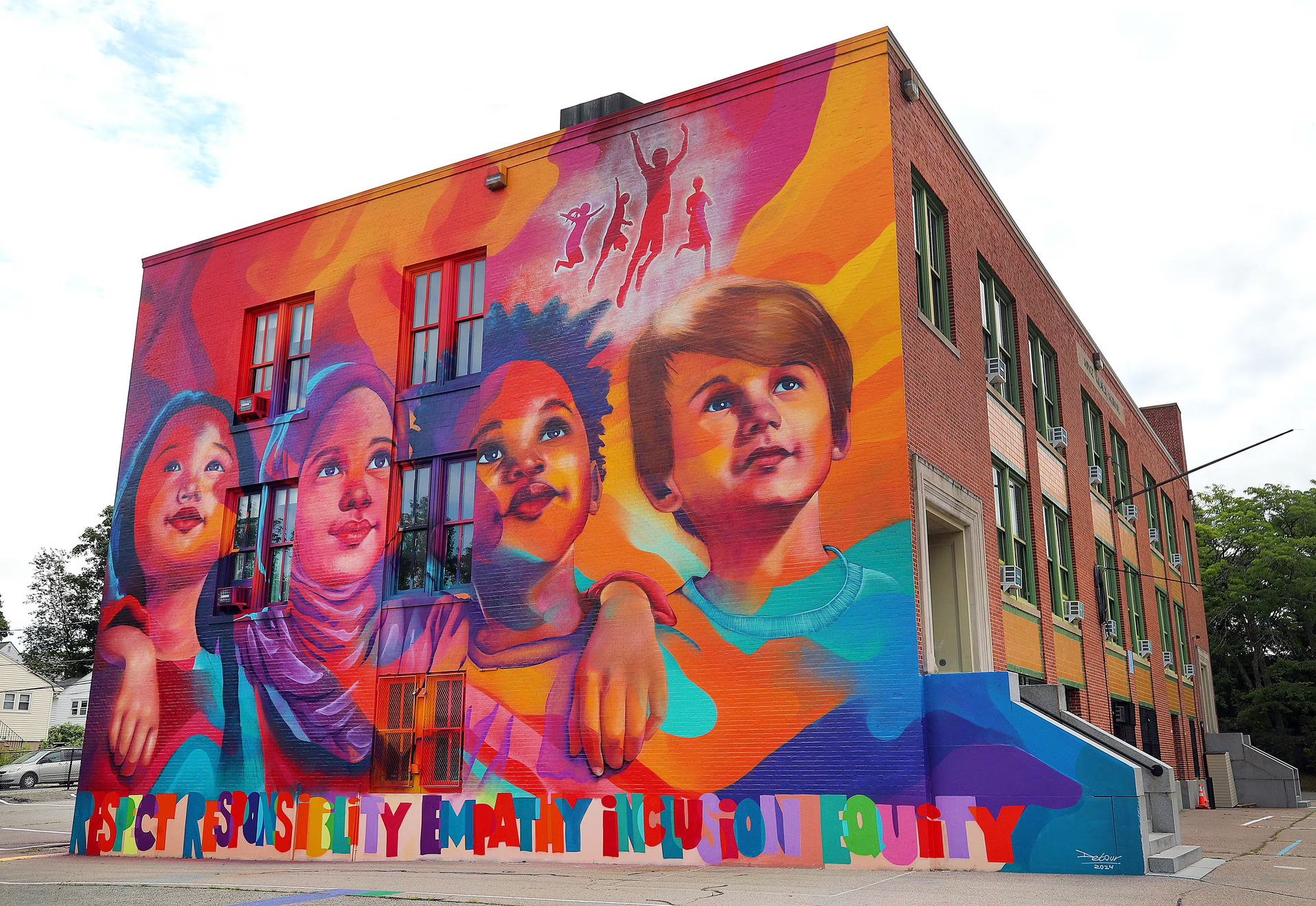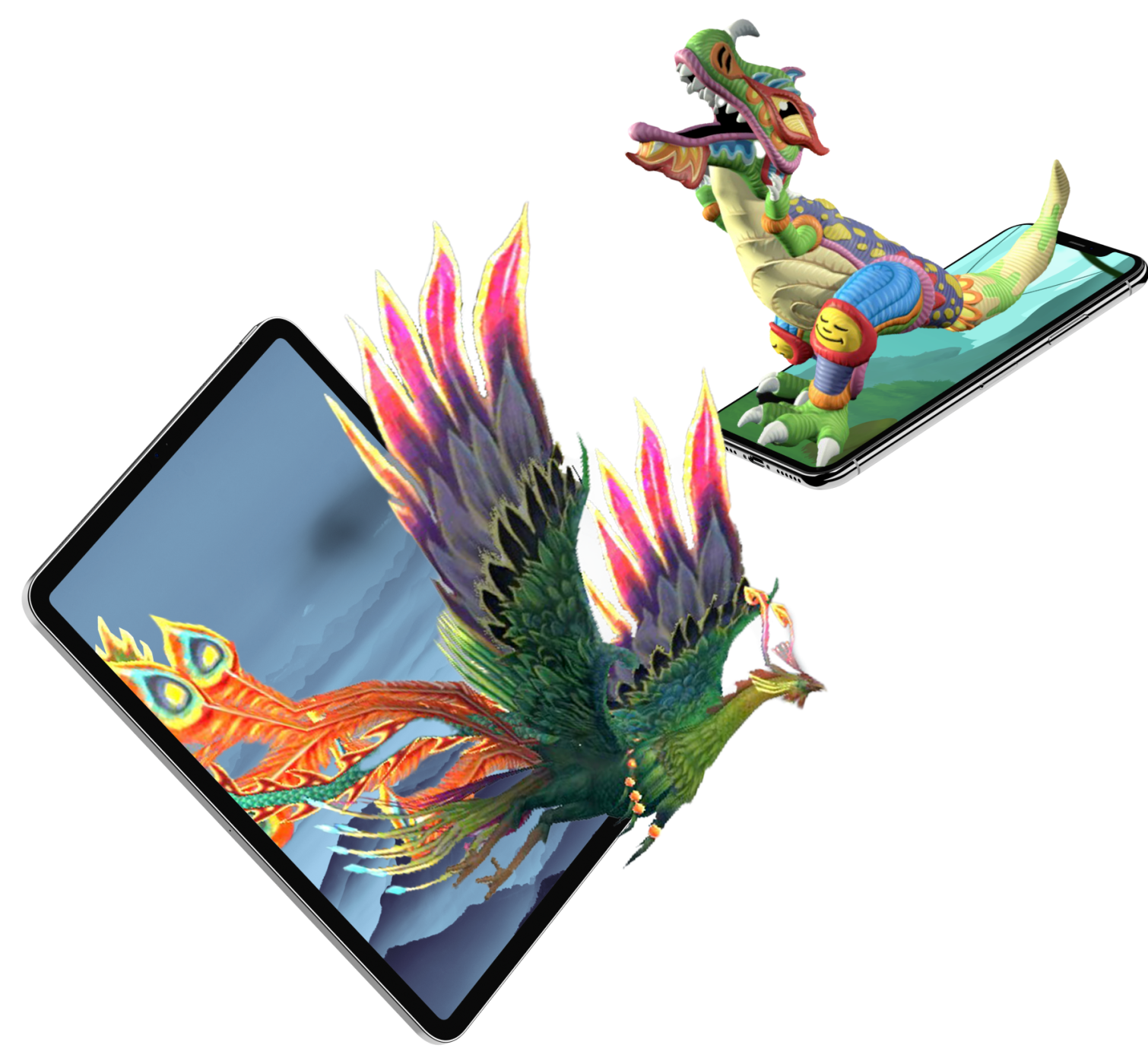3D Billboards for Immersive, Interactive, Impactful Advertising
The average human attention span in 2024 is 8.25 seconds, which is less than the attention span of a goldfish, which is 9 seconds. Capturing and holding consumer attention requires bold, innovative strategies. Traditional static advertising still has its place, but its ability to truly engage audiences is waning. Brands now require immersive, interactive, and impactful experiences that linger in viewers’ minds long after they’ve walked away. Enter 3D billboards—the latest evolution in out-of-home (OOH) advertising. These cutting-edge displays are more than just eye-catching visuals; they create multi-sensory engagements and offer endless possibilities for brand storytelling. By harnessing visual illusions, augmented reality (AR) technology, and viral content potential, 3D billboards can transform any urban environment into a mesmerizing showcase for brands.
Beyond their stunning appearance, 3D billboards bring a new dimension to advertising campaigns. By incorporating forced perspective and larger-than-life illusions, advertisers can simulate depth, movement, and narrative that enthrall onlookers. Whether it’s a giant cat prowling atop a skyscraper or a car bursting through the screen, well-executed 3D billboards deliver jaw-dropping spectacle. Their dynamic presence draws crowds, fuels social media chatter, and fosters a sense of connection between the brand and its audience. Particularly in high-foot-traffic areas—like Times Square in New York City or Piccadilly Circus in London—3D billboards succeed in sparking wonder in anyone passing by. In a digital age where every second of consumer attention is fiercely contested, the “wow” factor of 3D billboards serves as a potent differentiator.
The Shift Toward Immersive Advertising
Today, consumers are bombarded with countless ads across every medium—television, social media, radio, billboards, and beyond. As a result, attention has become one of the most precious commodities in marketing. Advertisers recognize that a captivating, immersive experience leaves a stronger imprint on viewers than a simple, static image. Immersive advertising requires delivering experiences that activate multiple senses, encouraging viewers to pause, look closer, and engage with the brand’s message on a deeper level. This is precisely where 3D billboards excel.
By infusing physical space with visual illusions and AR integrations, 3D billboards spark curiosity. They can momentarily transport passersby into another world where the advertised product or service takes on a vivid, lifelike presence. Whether it’s a famous sports figure leaping off the billboard or a mythical creature appearing to break through brick walls, these illusions seize hold of people’s imaginations. Curiosity compels them to gather in front of the display, share the experience on social media, or even invite friends to witness the spectacle in person. Thus, immersive advertising extends beyond immediate visual appeal; it carries word-of-mouth momentum that can boost a brand’s reputation and reach.
Interactivity and Consumer Engagement
One of the strongest appeals of 3D billboards is their capacity for interactivity. While traditional billboards deliver a one-way message, 3D installations offer unique opportunities for two-way engagement. Some displays integrate motion-tracking technology, responding to movements of onlookers or prompting them to take specific actions. Others leverage smartphone applications and QR codes to transform a simple glance at the billboard into a gamified experience, rewarding active participation with exclusive deals or digital collectibles. This level of involvement fosters a deeper emotional connection between consumers and brands.
Consumers who feel they “discovered” something novel or partook in a special activity are more likely to remember and recommend that experience. Brands, in turn, can gather valuable data through these interactive moments. Metrics such as dwell time, click-through rates, and social media shares can all be traced back to how effectively the billboard captured and sustained user engagement. In a world where personal data and insights are priceless, the interactivity of 3D billboards offers advertisers a way to bridge the physical-digital divide and extract meaningful analytics.
Impactful Visual Storytelling
Beyond mere spectacle, 3D billboards offer opportunities for impactful storytelling. A compelling visual narrative can communicate brand values, showcase product features, or highlight brand ambassadors in ways that ignite a strong emotional response. When done right, these billboards become iconic brand moments that viewers recall for years. The best 3D campaigns use motion, perspective, and illusion to tell stories that unfold in just a few seconds, capturing the essence of the brand’s message.
Story-driven 3D billboards immerse audiences in a brand’s universe. Viewers may see a pair of sneakers sprinting across the display, leaving light trails that highlight the product’s design and its performance-oriented appeal. Alternatively, a beverage brand might simulate water splashing out onto the sidewalk, offering a refreshing visual metaphor that resonates with hot, thirsty passersby. Because of their novelty, 3D billboards can deliver these narratives without veering into gimmick territory—so long as the creative concept aligns with the brand’s identity. By injecting imagination and artistic flair into real-world environments, these billboards catch the eye and speak to the heart of what makes brands special.
Augmented Reality Billboards: A New Frontier
While 3D billboards amaze with their physical illusions, augmented reality billboards take the experience a step further by merging the physical and digital realms. AR technology overlays virtual elements onto a real-world backdrop, accessible through smartphone apps or specialized devices. AR can transform a static structure into a living canvas that offers personalized interactions when applied to billboard advertising. Passersby may use their smartphones to see dynamic animations or product demonstrations seamlessly layered over the physical billboard.
AR billboards excel at providing additional content and context. For instance, a tourism board might advertise a scenic destination using a billboard that appears to come alive when viewed through an AR app. Users could explore panoramic views or interactive maps simply by pointing their devices at the display. This heightened level of engagement goes far beyond the typical billboard glance. It prompts users to spend extra time with the advertisement, discovering multiple layers of information and forging a stronger personal connection to the message. As AR technology evolves, we can expect these billboards to integrate more social and user-generated content features, further enriching the brand experience.
The Rise of Augmented Reality Murals
Alongside AR billboards, augmented reality murals are emerging as another powerful medium for immersive advertising. Murals have long adorned urban walls as artistic expressions and marketing tools. However, with AR, murals can leap off the walls and into people’s phones, unlocking layers of dynamic content or interactive features. This blend of art and technology offers an enticing way for brands to resonate with communities at the street level.
AR murals can tell stories relevant to local culture, integrating brand elements in a respectful and engaging manner. They encourage communal participation—locals and tourists may gather to scan the mural discovering hidden characters, mini-games, or coupons. Importantly, these AR layers can be updated remotely, allowing brands to change their messaging over time without repainting the physical wall. This unique combination of high-tech flexibility and street-level appeal positions augmented reality murals as a versatile, highly effective marketing instrument.
3D Billboards as “Content Creation Machines”
One of the most exciting characteristics of 3D billboards is their ability to generate massive amounts of user-generated content (UGC). They effectively operate as “content creation machines,” inviting viewers to capture photos and videos that end up on social media feeds worldwide. When people encounter a visually stunning 3D illusion in a public space, they naturally want to document and share it. This organic impulse transforms onlookers into brand ambassadors, amplifying reach far beyond the billboard’s immediate location.
In today’s social media-driven landscape, viral content can propel brand awareness to unimaginable heights. A compelling video posted on TikTok or Instagram can rack up millions of views and inspire countless reposts. By designing 3D billboards to be visually striking and shareable, brands effectively crowdsource their marketing efforts at no extra cost. This is particularly impactful for brands looking to engage younger demographics who thrive on Instagram Stories, Reels, and short-form video trends. The result is a self-sustaining cycle: the more captivating the 3D billboard, the more user-generated content is created and shared—further elevating brand visibility.
Moreover, 3D billboards often attract media coverage. Journalists, bloggers, and influencers seeking to highlight the next big marketing innovation eagerly report on eye-popping displays. This coverage introduces the brand to audiences beyond the immediate target market while also positioning the brand as forward-thinking and creative. By producing large-scale spectacle that draws crowds and cameras, 3D billboards become engines of free publicity. They’re the perfect storm of immersive storytelling, viral potential, and shareable aesthetics.
Making 3D Billboards Work for Your Brand
While 3D billboards are undeniably powerful, careful planning is crucial to ensure they align with brand goals and resonate with the intended audience. Marketers should thoroughly research demographic preferences and local culture before designing a 3D installation. Selecting a strategic location—preferably a high-traffic area that naturally draws crowds and potential content creators is also essential. Times Square, Shibuya Crossing in Tokyo, and other iconic locales are prime spots where foot traffic ensures maximum visibility.
Creative execution must also be seamless. The best 3D billboards employ compelling narratives, cohesive color schemes, and fluid animations that maximize the effect of depth and motion. Poorly executed illusions or misaligned content can diminish the perceived quality of the brand and fail to captivate. Moreover, brands need to consider the integration of interactive features—whether that’s through motion sensors or AR enhancements. Each interactive element must be user-friendly and intuitive to encourage widespread participation.
Finally, timing is paramount. If the 3D billboard is part of a product launch or a time-sensitive campaign, aligning the creative content with broader marketing efforts can significantly boost impact. Social media teasers, influencer collaborations, and interactive hashtags can help build anticipation and drive people to experience the billboard in person. This holistic approach ensures that 3D billboards serve as the centerpiece of a multifaceted campaign, maximizing ROI and brand engagement.
Looking Ahead: The Future of OOH Advertising
The rise of 3D billboards, augmented reality billboards, and augmented reality murals signals a broader trend toward experiential marketing in the OOH realm. As technology advances, these innovations will become even more seamless and accessible. We can anticipate billboards integrating artificial intelligence (AI) to tailor content based on real-time data—weather, crowd size, or trending social media topics. Imagine a billboard that changes its 3D visuals depending on traffic flow or local events, ensuring that each viewing is fresh and relevant.
Soon, more brands will experiment with hybrid campaigns that blend physical 3D illusions with AR layers accessible via smartphones or wearable devices. This dual approach will allow for a richer storytelling experience that caters to casual passersby and tech-savvy users seeking deeper engagement. Likewise, holographic projections and other emerging display technologies may push the boundaries of what we consider a “billboard,” transforming cityscapes into living, breathing marketing platforms.
OOH advertising is evolving into a space where consumers are active participants, not just passive viewers. This evolution will require brands to invest in creatives who can marry art, technology, and strategy to develop holistic campaigns. It will also compel advertisers to think more critically about the ethical and environmental implications of large-scale installations. As sustainability becomes a key concern, future 3D and AR billboards might harness solar power or use eco-friendly materials, ensuring that immersive advertising remains a responsible endeavor.
Conclusion
3D billboards represent a significant leap forward in out-of-home advertising, offering immersive, interactive, and impactful experiences that resonate with modern consumers. Far more than eye candy, these three-dimensional displays tap into fundamental human tendencies—curiosity, the desire for shared experiences, and the joy of discovery. By leveraging ingenious illusions, AR layers, and interactive features, brands can create memorable moments that prompt viewers to stop, snap a photo or video, and share across social media. This natural inclination to document and disseminate sensational sights underscores why 3D billboards are often deemed “content creation machines,” capable of catalyzing viral exposure.
Complementary technologies like augmented reality billboards and augmented reality murals expand the creative palette, enabling advertisers to embed rich digital content within physical installations. These AR-enhanced displays foster deeper engagement, as users can explore virtual layers of information or participate in interactive games. Meanwhile, the communal experience of scanning an AR mural or gawking at a 3D illusion fosters a collective buzz that boosts brand visibility and cements emotional connections with consumers.
For marketers determined to make a splash, 3D billboards are an increasingly critical tool. They serve as the lynchpin in brand campaigns that aim to captivate large audiences, inspire user-generated content, and ultimately, drive meaningful ROI. By choosing prime locations, integrating cohesive storytelling elements, and synchronizing campaign messaging across channels, advertisers can fully harness the viral potential of 3D and AR billboards. As we peer into the future, the possibilities are boundless. From AI-driven customizations to eco-friendly design innovations, the next frontier of immersive advertising is poised to reshape how brands interact with the world.
In an era where capturing attention is a marketer’s greatest challenge, 3D billboards emerge as a game-changing solution. Their blend of artistry, technology, and emotional resonance can make even the busiest city dwellers pause in their tracks. As consumers continue to crave experiences that are simultaneously entertaining and meaningful, advertisers who embrace 3D billboards and augmented reality displays will stand out from the crowd. By weaving together physical illusions, digital enchantments, and share-worthy moments, brands ensure they remain top-of-mind long after the initial gaze. This synergy of immersion, interaction, and impact is the key to modern advertising success—and 3D billboards, along with their AR counterparts, are leading the charge.
TALK TO A PRO
We're here to bring your brand to life!
Stay Connected with BrandXR
Create Augmented Reality for Free!
Create, Publish, and Measure 3D Augmented Reality Experiences Without Having to Code.
